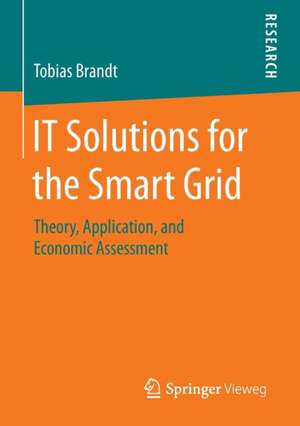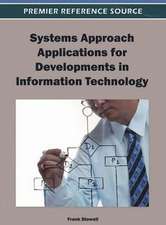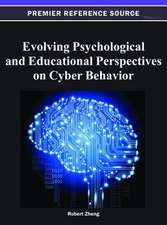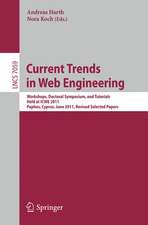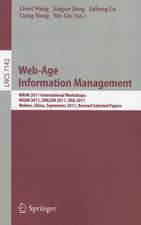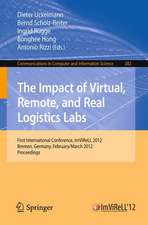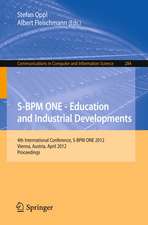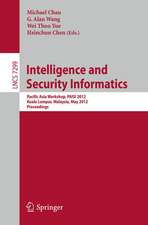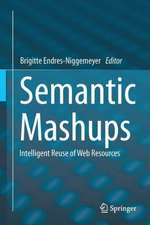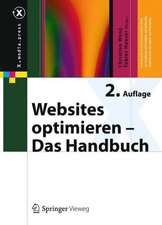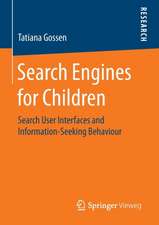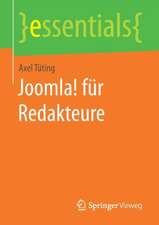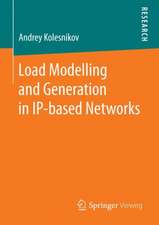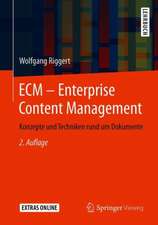IT Solutions for the Smart Grid: Theory, Application, and Economic Assessment
Autor Tobias Brandten Limba Engleză Paperback – 10 feb 2016
Preț: 326.97 lei
Preț vechi: 408.71 lei
-20% Nou
Puncte Express: 490
Preț estimativ în valută:
62.59€ • 68.00$ • 52.61£
62.59€ • 68.00$ • 52.61£
Carte tipărită la comandă
Livrare economică 21 aprilie-05 mai
Preluare comenzi: 021 569.72.76
Specificații
ISBN-13: 9783658124144
ISBN-10: 3658124148
Pagini: 185
Ilustrații: XIII, 185 p. 33 illus.
Dimensiuni: 148 x 210 x 12 mm
Greutate: 0.27 kg
Ediția:1st ed. 2016
Editura: Springer Fachmedien Wiesbaden
Colecția Springer Vieweg
Locul publicării:Wiesbaden, Germany
ISBN-10: 3658124148
Pagini: 185
Ilustrații: XIII, 185 p. 33 illus.
Dimensiuni: 148 x 210 x 12 mm
Greutate: 0.27 kg
Ediția:1st ed. 2016
Editura: Springer Fachmedien Wiesbaden
Colecția Springer Vieweg
Locul publicării:Wiesbaden, Germany
Public țintă
ResearchCuprins
Designing IT Solutions for Individual Households.- Designing an Energy Information System for Microgrid Operation.- A Business Model for Employing Electric Vehicles for Energy Storage.- Mechanism Stability: Flash Crashes and Avalanche Effects.
Notă biografică
Tobias Brandt heads the Smart Cities and Industries research group at the Chair for Information Systems Research of the University of Freiburg, Germany. Hespecializes in the challenges and opportunities arising from an ongoingdigitalization of the economy and society.
Textul de pe ultima copertă
Tobias Brandt outlines how information technology (IT) can be used tointegrate sustainable energy technologies into existing infrastructures. Thetopic is approached from micro, meso, as well as macro perspectives. He firstdescribes how IT artifacts can be used to manage renewable energy sources andenergy storage devices in individual households and microgrids for an improvedeconomic and ecological performance. The author proceeds by assessing theeconomic feasibility of aggregating electric vehicles for large-scale energystorage. The final chapter explores the issue of stability in automatedmechanisms. A game-theoretical model is first introduced for financial marketsand later transferred to the automated management of energy demand.Contents
TobiasBrandt heads the Smart Cities and Industries research group at the Chair forInformation Systems Research of the University of Freiburg, Germany. Hespecializes in the challenges and opportunities arising from an ongoingdigitalization of the economy and society.
- Designing IT Solutions for Individual Households
- Designing an Energy Information System for Microgrid Operation
- A Business Model for Employing Electric Vehicles for Energy Storage
- Mechanism Stability: Flash Crashes and Avalanche Effects
- Students, teachers and researchers in the field of information systems,computer science, and economics, especially with a focus on renewable energyintegration
- Practitioners in the energy and mobility sectors
TobiasBrandt heads the Smart Cities and Industries research group at the Chair forInformation Systems Research of the University of Freiburg, Germany. Hespecializes in the challenges and opportunities arising from an ongoingdigitalization of the economy and society.
Caracteristici
in the field of technical sciences Includes supplementary material: sn.pub/extras
